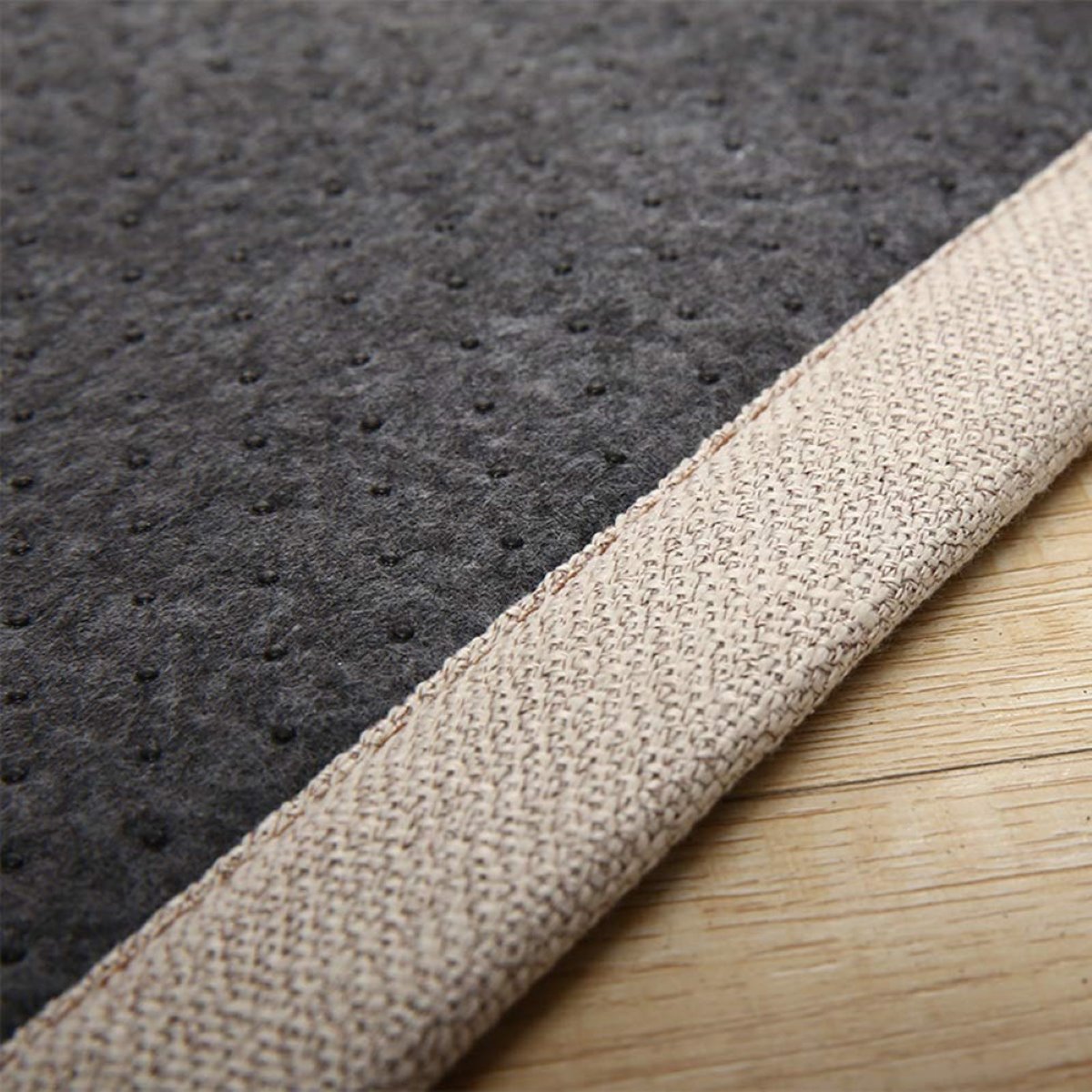

Articles
How To Clean Area Rugs On Wood Floors
Modified: October 18, 2024
Learn how to clean area rugs on wood floors with our informative articles. Keep your floors looking their best with these helpful tips and tricks.
(Many of the links in this article redirect to a specific reviewed product. Your purchase of these products through affiliate links helps to generate commission for Storables.com, at no extra cost. Learn more)
Introduction
Area rugs are a wonderful addition to any home, adding warmth, comfort, and style to a room. However, keeping them clean can be a daunting task, especially when placed on wood floors. Improper cleaning techniques can potentially damage both the rug and the floor. That’s why it’s important to understand the right methods to clean area rugs on wood floors.
Choosing the right cleaning method is crucial to ensure the longevity of both the rug and the floor. There are various factors to consider, such as the material of the rug, the type of wood flooring, and any existing stains or dirt. By following the correct cleaning procedures, you can maintain the beauty of your area rug while safeguarding your wood floors.
In this article, we will guide you through the step-by-step process of cleaning area rugs on wood floors, ensuring that you are equipped with the knowledge to keep your home looking clean and well-maintained.
Key Takeaways:
- Properly preparing your area rug for cleaning is crucial to prevent damage to both the rug and wood floors. Follow care instructions, remove debris, and test for colorfastness before cleaning.
- Regular vacuuming, spot cleaning, and deep cleaning are essential to maintain the cleanliness and longevity of your area rug. Proper drying techniques and preventive measures help protect your wood floors from potential damage.
Read more: How To Clean Area Rug On Hardwood Floor
Choosing the Right Cleaning Method
When it comes to cleaning area rugs on wood floors, there are a few different methods to choose from. The right method for you will depend on several factors, including the type of rug, the severity of dirt or stains, and your personal preference. Here are a few commonly used cleaning methods:
- Vacuuming: This is the simplest and most common method of cleaning area rugs. Using a vacuum cleaner with a brush attachment, gently vacuum the rug in the direction of the pile. This will remove surface dirt, dust, and debris. However, it may not be sufficient for deep cleaning.
- Spot Cleaning: If you notice a small stain or spill on your area rug, spot cleaning can effectively remove it. Mix a mild detergent with warm water and gently blot the stain with a clean cloth or sponge. Avoid scrubbing, as it can damage both the rug and the wood floor. Always test the cleaning solution on a small, inconspicuous area of the rug first to ensure it does not cause any color fading or damage.
- Professional Cleaning: If your area rug requires a thorough deep cleaning, it is advisable to hire a professional cleaning service. They have the necessary tools, equipment, and expertise to clean the rug without causing any damage to your wood floors. Professional cleaners can also use specialized techniques depending on the material and condition of the rug.
When selecting a cleaning method, it’s essential to consider the specific requirements of your area rug and the compatibility with wood floors. Be sure to follow any care instructions provided by the rug manufacturer to avoid any potential damage. Additionally, if your rug is antique or valuable, it may be worth consulting with a rug expert or conservator to determine the best course of action.
By choosing the right cleaning method, you can effectively remove dirt, stains, and allergens from your area rug while preserving the integrity of your wood floors.
Preparing the Area Rug for Cleaning
Before you begin cleaning your area rug on a wood floor, it’s important to properly prepare it to ensure the best possible results. Taking a few simple steps beforehand can help prevent any potential damage to your rug or floors. Here’s what you need to do:
- Read the Care Instructions: Start by reading the care instructions provided by the manufacturer of your area rug. These guidelines will give you important information on the appropriate cleaning methods, temperature limitations, and any specific precautions you need to take. Following these instructions will help you avoid any unnecessary damage.
- Remove Loose Dirt and Debris: Take your area rug outside and shake it vigorously to remove any loose dirt, dust, or debris that may be embedded in the fibers. This step will help minimize the amount of dirt that could be transferred onto your wood floors during the cleaning process.
- Inspect for Stains or Spots: Inspect your rug for any visible stains, spots, or spills. Make a note of their location so you can focus on treating them later on during the cleaning process.
- Test for Colorfastness: Before applying any cleaning solutions or detergents to the entire rug, it’s crucial to test for colorfastness. Select an inconspicuous area of the rug, such as a corner or the underside, and apply a small amount of the cleaning solution. Blot it with a clean cloth and check for any color bleeding or fading. If there are no adverse effects, you can proceed with the cleaning method.
- Move Furniture and Secure the Rug: If your area rug is placed underneath furniture, it’s recommended to move the furniture to ensure that the entire rug is accessible for cleaning. Additionally, secure the rug in its place using rug grippers or rug pads to prevent any slippage during the cleaning process.
By properly preparing your area rug for cleaning, you can ensure that it is ready for the next steps in the process. This will help prevent any unnecessary damage and allow for a more effective and efficient cleaning experience.
Vacuuming the Area Rug
Vacuuming is an essential step in keeping your area rug clean and maintaining the integrity of your wood floors. Regular vacuuming helps to remove surface dirt, dust, and allergens that accumulate on the rug. Here’s how to effectively vacuum an area rug:
- Select the Right Vacuum: Choose a vacuum cleaner with a brush attachment or a canister vacuum that allows you to adjust the height. Avoid using vacuums with beater bars or rotating brushes, as they can damage the rug fibers and scratch the wood floors.
- Prepare the Rug and Floor: Ensure that the rug is free from any loose debris by shaking it outside or using a gentle handheld broom to brush away any dirt. Move any furniture off the rug to access the entire surface. If there are rug pads underneath, check that they are properly secured to prevent any movement during vacuuming.
- Adjust the Vacuum Height: Set the vacuum height to the appropriate level to prevent the bristles from digging too deep into the rug fibers. If the bristles are too high, you may not be effectively removing the dirt. If they are too low, you risk damaging the rug or scratching the wood floor.
- Vacuum in the Right Direction: Vacuum the rug in the direction of the pile, using long, smooth strokes. Start from one end of the rug and work your way to the other, overlapping the strokes to ensure thorough cleaning. Pay extra attention to high traffic areas, where dirt accumulates more frequently.
- Use Attachments for Edges and Corners: For the edges and corners of the rug, use the attachments or crevice tool of your vacuum cleaner to ensure a thorough cleaning. Take your time and be gentle to avoid any damage.
- Empty the Vacuum Cleaner: Regularly empty the vacuum cleaner bag or canister to maintain optimal suction power. A full bag can reduce the efficiency of the vacuum and leave dirt behind.
- Repeat as Needed: Depending on the traffic and conditions, it’s recommended to vacuum your area rug at least once a week. However, if you have pets or allergies, it may be necessary to vacuum more frequently to remove pet hair, dander, and allergens effectively.
Vacuuming your area rug regularly not only keeps it clean but also helps to maintain the appearance and prolong its lifespan. It also reduces the amount of dirt and debris that can transfer onto your wood floors, keeping them cleaner and preserving their finish.
Spot Cleaning
Spot cleaning is a crucial step in maintaining the cleanliness and appearance of your area rug, especially when it comes to addressing small stains or spills. Whether it’s pet accidents, food spills, or other mishaps, spot cleaning can effectively remove the stains and prevent them from setting into the rug fibers. Here’s how to spot clean your area rug on wood floors:
- Act Quickly: As soon as a spill or stain occurs, it’s important to act quickly. The longer a stain sits on the rug, the more difficult it can be to remove.
- Blot, Don’t Rub: Use a clean, white cloth or paper towels to blot the stain gently. Avoid rubbing or scrubbing the stain, as it can push it deeper into the rug fibers and may cause damage.
- Work from the Outside In: Start blotting the stain from the outer edges, moving towards the center. This prevents the stain from spreading further.
- Use a Cleaning Solution: Mix a mild detergent or carpet cleaner with warm water, following the manufacturer’s instructions. Apply a small amount of the solution to the stain and continue blotting with a clean cloth. Be sure to test the cleaning solution on a small, inconspicuous area of the rug first to check for any adverse reactions.
- Repeat as Needed: For stubborn stains, you may need to repeat the blotting process with the cleaning solution a few times. Be patient and avoid using excessive force or harsh chemicals, as they can damage the rug fibers or wood floors.
- Rinse the Area: After successfully removing the stain, rinse the area with clean water to remove any remaining detergent residue. Blot the area with a clean, damp cloth to remove excess moisture.
- Dry Thoroughly: Allow the spot-cleaned area to dry completely before placing any furniture back on the rug. This prevents moisture from seeping into the wood floors and causing damage.
Spot cleaning is an effective method for tackling small stains and spills on your area rug. By addressing stains promptly and using the correct cleaning techniques, you can prevent them from becoming permanent and maintain the beauty of your rug and wood floors.
Use a vacuum with a brush attachment to remove loose dirt and debris from the rug. Then, spot clean any stains with a mixture of mild detergent and water. Allow the rug to air dry completely before placing it back on the wood floor.
Read more: How To Clean Wool Area Rugs
Deep Cleaning
Deep cleaning your area rug is essential to remove embedded dirt, allergens, and deep-set stains that cannot be effectively addressed through regular vacuuming and spot cleaning. While it is possible to deep clean the rug yourself, it’s recommended to consult a professional cleaning service for best results, especially when dealing with delicate or valuable rugs. Here are the steps involved in deep cleaning an area rug:
- Read the Manufacturer’s Guidelines: Before deep cleaning your area rug, refer to the manufacturer’s guidelines or care instructions to ensure you follow the recommended cleaning method for your specific type of rug. Some rugs may require specific cleaning products, temperatures, or methods.
- Vacuum Thoroughly: Begin the deep cleaning process by vacuuming the area rug thoroughly to remove loose dirt, dust, and debris. This step helps prevent dirt from becoming embedded in the rug during the cleaning process.
- Choose the Cleaning Method: There are different methods for deep cleaning an area rug, including steam cleaning, shampooing, or using a carpet cleaner. Consider the type of rug, material, and its condition when selecting the appropriate cleaning method.
- Apply the Cleaning Solution: If using a carpet cleaner or shampoo, follow the instructions provided by the manufacturer. Apply the cleaning solution or shampoo evenly across the rug, focusing on high-traffic areas or stained spots. Allow the solution to sit for the recommended time to break down dirt and stains.
- Deep Clean the Rug: Use a carpet cleaner or steam cleaner to deep clean the area rug. Follow the instructions for your specific machine, ensuring you cover the entire rug surface and work in even strokes. Take care not to oversaturate the rug, as excessive moisture can seep into the wood floors.
- Rinse Thoroughly: Once the deep cleaning process is complete, rinse the area rug thoroughly to remove any residue from the cleaning solution. This can be done using clean water and a wet/dry vacuum or by using the rinse function on a carpet cleaner.
- Dry Properly: After deep cleaning, it’s important to dry the area rug thoroughly to prevent moisture from damaging the wood floors or causing mold and mildew growth. Hang the rug or lay it flat in a well-ventilated area until it is completely dry.
Deep cleaning your area rug periodically is crucial to maintain its hygiene and longevity. By following the appropriate cleaning methods and taking care not to oversaturate the rug, you can effectively remove dirt, stains, and allergens, keeping your rug and wood floors in excellent condition.
Drying the Area Rug
Properly drying your area rug after cleaning is essential to prevent moisture damage, mold, and mildew growth. It’s crucial to ensure that both the rug and the wood floors underneath are thoroughly dried before placing the rug back in its original position. Here are some steps to effectively dry your area rug:
- Remove Excess Moisture: If the rug has been cleaned using a wet/dry vacuum or a carpet cleaner, use these tools initially to extract as much moisture as possible from the rug. Pay extra attention to high-traffic areas or spots that may still be damp.
- Hang the Rug: If the size and weight of the rug allows, hanging it up is an effective way to facilitate the drying process. Thoroughly shake off any excess water before hanging the rug in a well-ventilated area. Ensure that the rug is fully supported by its edges and not stretched or hung in a way that may cause it to lose its shape.
- Use Fans or Natural Air Circulation: To speed up the drying process, use fans or open windows to promote better air circulation around the rug. Position the fans so that they blow air directly over the rug’s surface, allowing moisture to evaporate faster. Do not place the rug in direct sunlight, as this can cause color fading.
- Flip and Rotate the Rug: During the drying process, periodically flip and rotate the rug to ensure even drying on all sides. This helps prevent any uneven moisture absorption and reduces the risk of mold or mildew formation.
- Check for Dampness: Regularly check the rug by touching it with your hand to assess its moisture level. If any areas still feel damp, continue the drying process until the entire rug is completely dry to the touch.
- Inspect for Damages: While the rug is drying, take the opportunity to inspect it closely for any damages, such as loose threads or frayed edges. If you notice any issues, address them promptly to prevent further damage.
- Ensure the Wood Floors Are Dry: While drying the rug, pay attention to the wood floors beneath. If any water or moisture has come into contact with the floor, use towels or absorbent materials to dry them thoroughly. Moisture trapped between the rug and the wood floor can cause damage if left unaddressed.
By following these steps and allowing sufficient time for drying, you can ensure that your area rug is properly dried before placing it back on your wood floors. Taking the time to dry the rug thoroughly helps prevent any potential damage and maintains the integrity of both the rug and the floor.
Preventing Damage to Wood Floors
When cleaning area rugs on wood floors, it’s important to take precautions to prevent any potential damage to the flooring. By following these guidelines, you can ensure that your wood floors remain in excellent condition while keeping your area rug clean:
- Use Rug Pads: Place rug pads underneath your area rugs to provide cushioning and prevent slipping. Rug pads also help to protect the wood floors from scratches caused by the rug’s movement and friction.
- Avoid Moisture Trapping: Ensure that your area rug is completely dry before placing it back on the wood floor. Moisture trapped between the rug and the floor can lead to mold, mildew growth, and wood rot. Regularly check for any signs of moisture and address them promptly.
- Regularly Vacuum: Keep your wood floors clean by regularly vacuuming not just the area rug but also the surrounding floor area. This prevents dirt, debris, and small particles from being scratched into the wood’s surface by foot traffic and the movement of the rug.
- Rotate the Rug: Periodically rotating the area rug helps to distribute foot traffic and wear evenly across the rug’s surface, reducing the impact on specific areas of the wood floor beneath.
- Protect from Direct Sunlight: Prolonged exposure to direct sunlight can cause fading and discoloration of both the area rug and the wood floors. Use curtains, blinds, or UV-protective window coverings to minimize the sun’s rays from reaching the rug and floor.
- Address Spills Promptly: Accidents happen, but it’s important to address spills or stains on the rug promptly. Clean up any spills immediately to prevent them from seeping into the rug and reaching the wood floors. Blot the spill gently using a clean cloth or paper towels, and follow the spot cleaning guidelines mentioned earlier.
- Trim Pets’ Nails: If you have pets, keep their nails trimmed to prevent scratching and gouging on both the rug and the wood floors. Regular trimming of their nails helps minimize the risk of accidental damage caused by their movements and playfulness.
By implementing these preventive measures, you can reduce the risk of damage to your wood floors while keeping your area rug clean and well-maintained. By understanding how to care for both the rug and the floor, you can enjoy the beauty and functionality of these elements in your home for years to come.
Conclusion
Cleaning area rugs on wood floors requires careful consideration and proper techniques to ensure the longevity and beauty of both the rug and the flooring. By choosing the right cleaning method, preparing the area rug, and following the steps for vacuuming, spot cleaning, deep cleaning, and drying, you can maintain a clean and healthy living environment while safeguarding your wood floors.
Regular maintenance, such as vacuuming and spot cleaning, helps to remove surface dirt and address small stains or spills promptly. Deep cleaning, performed either by yourself or with the help of a professional cleaning service, tackles embedded dirt, allergens, and more stubborn stains. Proper drying techniques and preventing moisture buildup are crucial to prevent damage and rotting of both the rug and the wood floors underneath.
In addition to the cleaning process, it is important to take preventive measures, such as using rug pads, rotating the rug, protecting from sunlight, and addressing spills promptly, to prevent any potential damage to the wood floors. By following these guidelines, you can maintain the integrity of both the rug and the floor, ensuring that they remain in optimal condition for years to come.
Remember, every area rug and wood floor combination is unique, requiring specific care based on the materials and condition. Always consult the manufacturer’s guidelines and consider seeking professional advice if you have any concerns or questions about the proper cleaning and maintenance of your area rug and wood floors.
With the right cleaning techniques, preventive measures, and regular care, you can keep your area rugs clean, your wood floors protected, and your home looking beautiful and welcoming.
Frequently Asked Questions about How To Clean Area Rugs On Wood Floors
Was this page helpful?
At Storables.com, we guarantee accurate and reliable information. Our content, validated by Expert Board Contributors, is crafted following stringent Editorial Policies. We're committed to providing you with well-researched, expert-backed insights for all your informational needs.
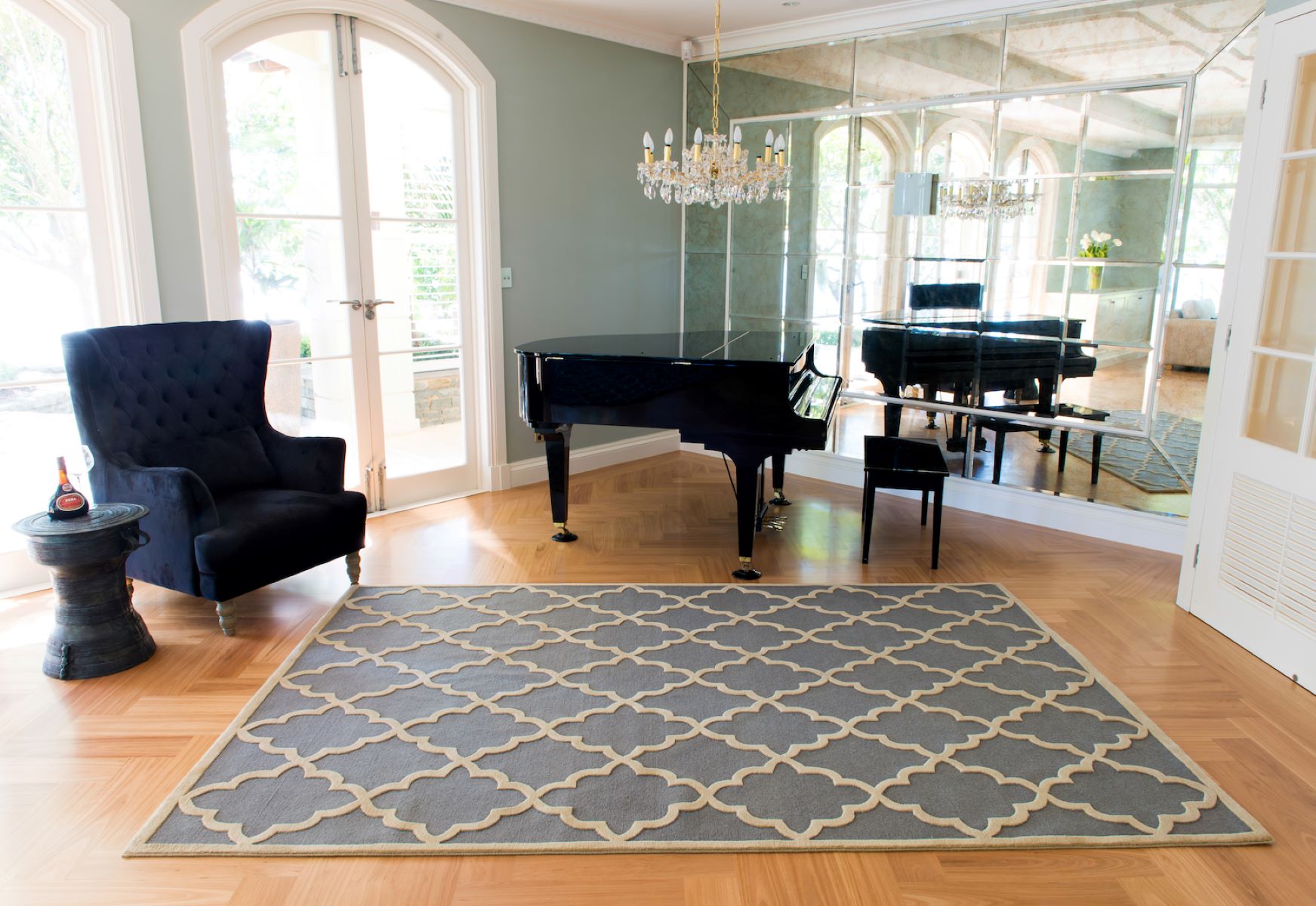
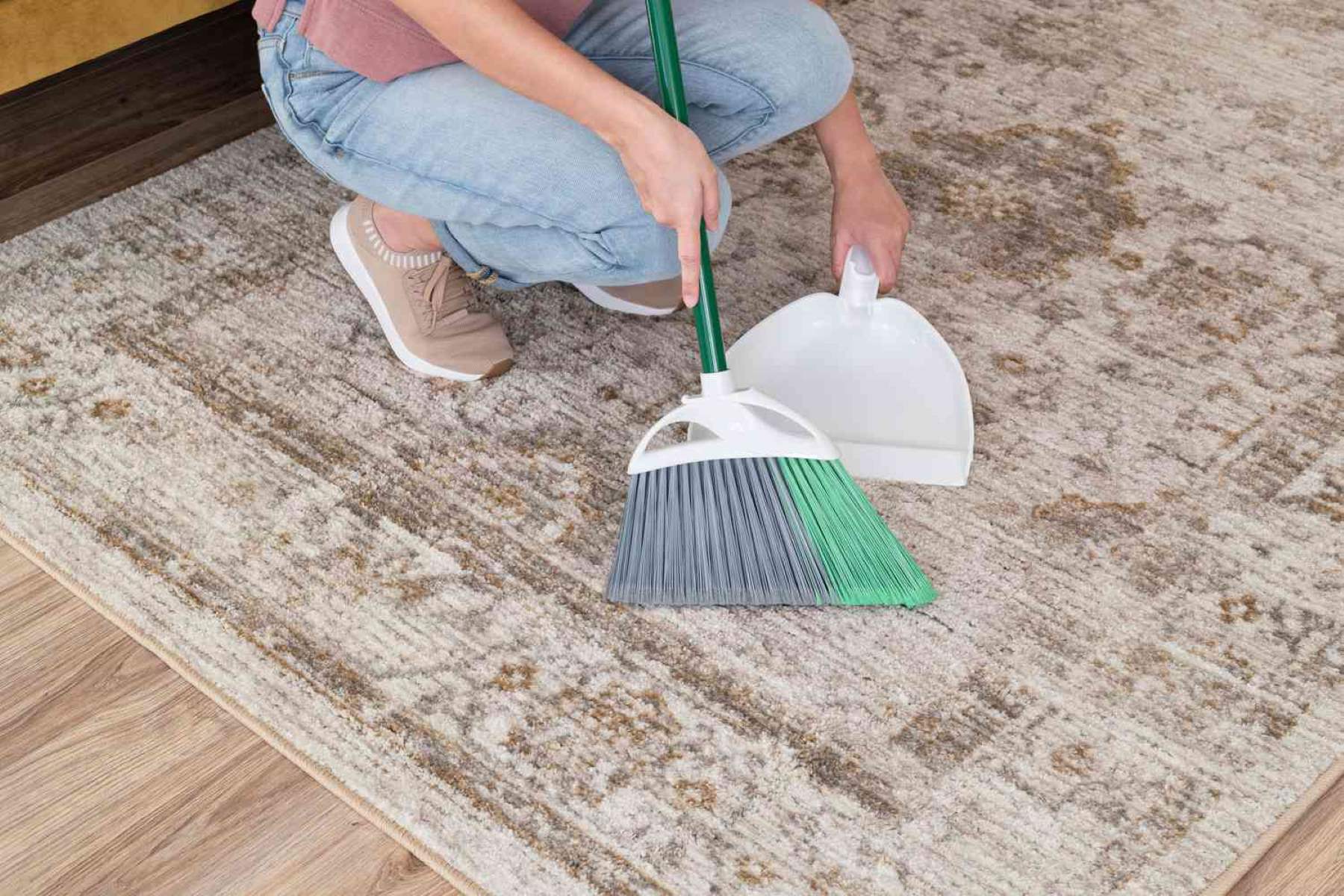
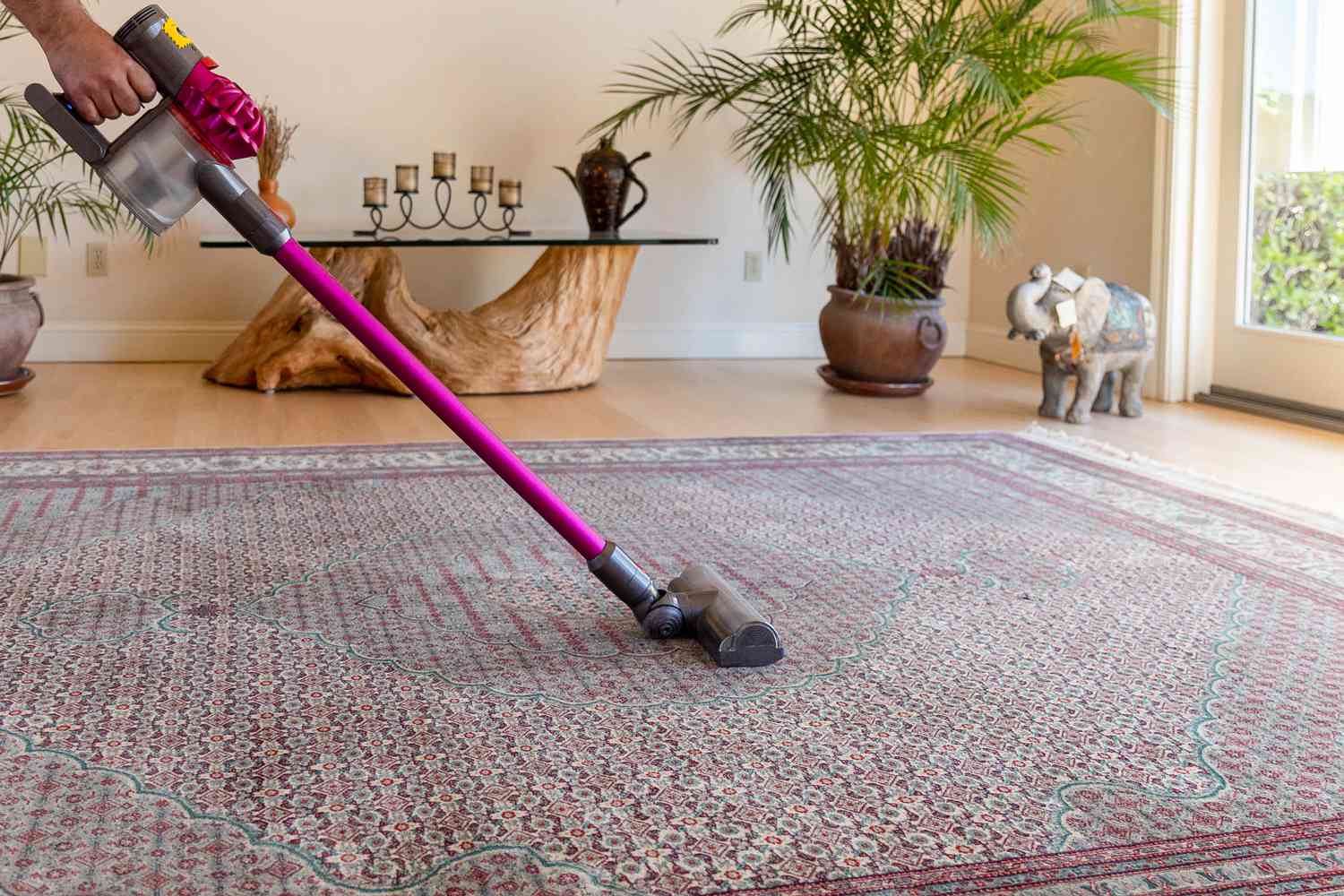


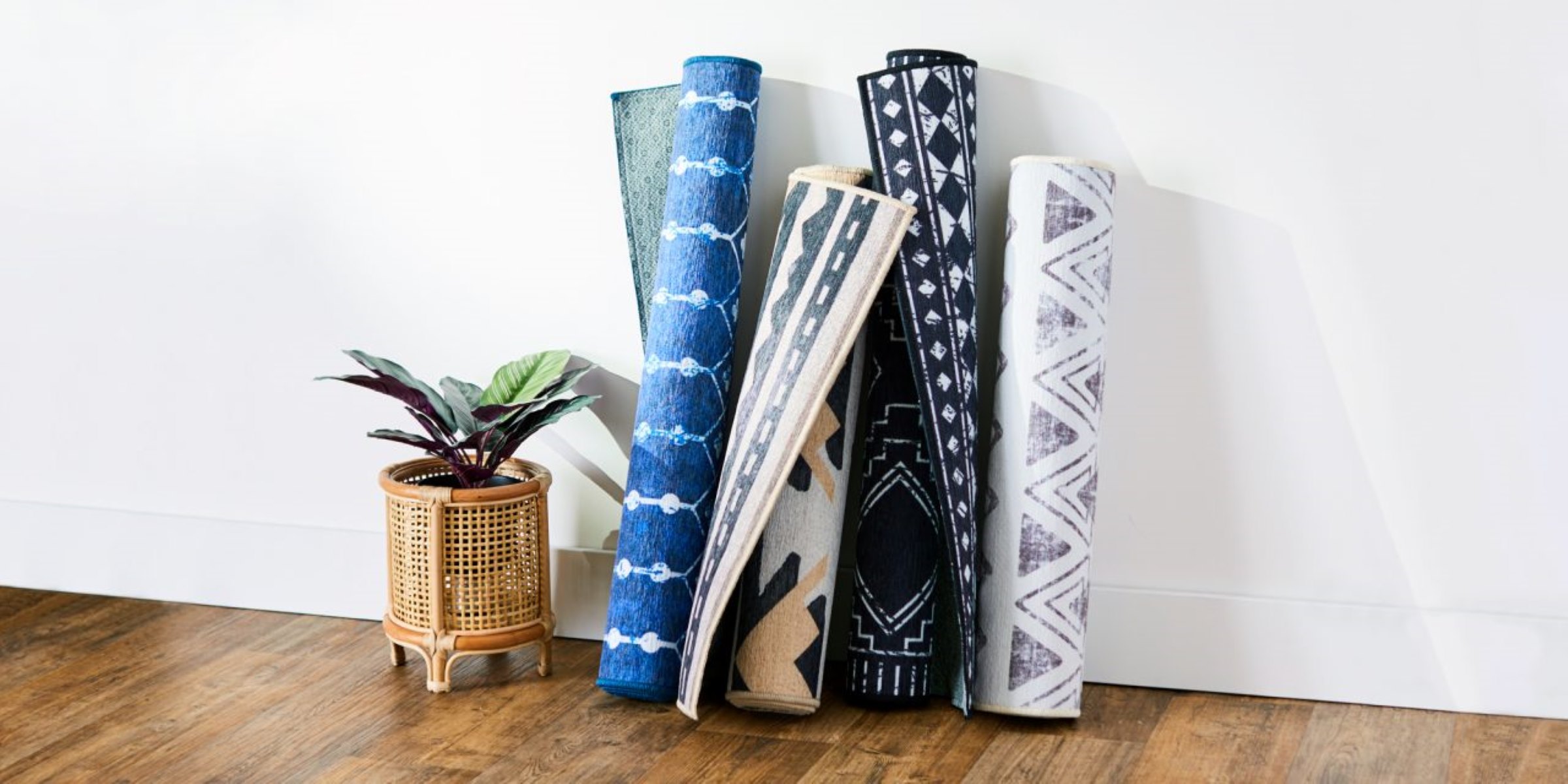
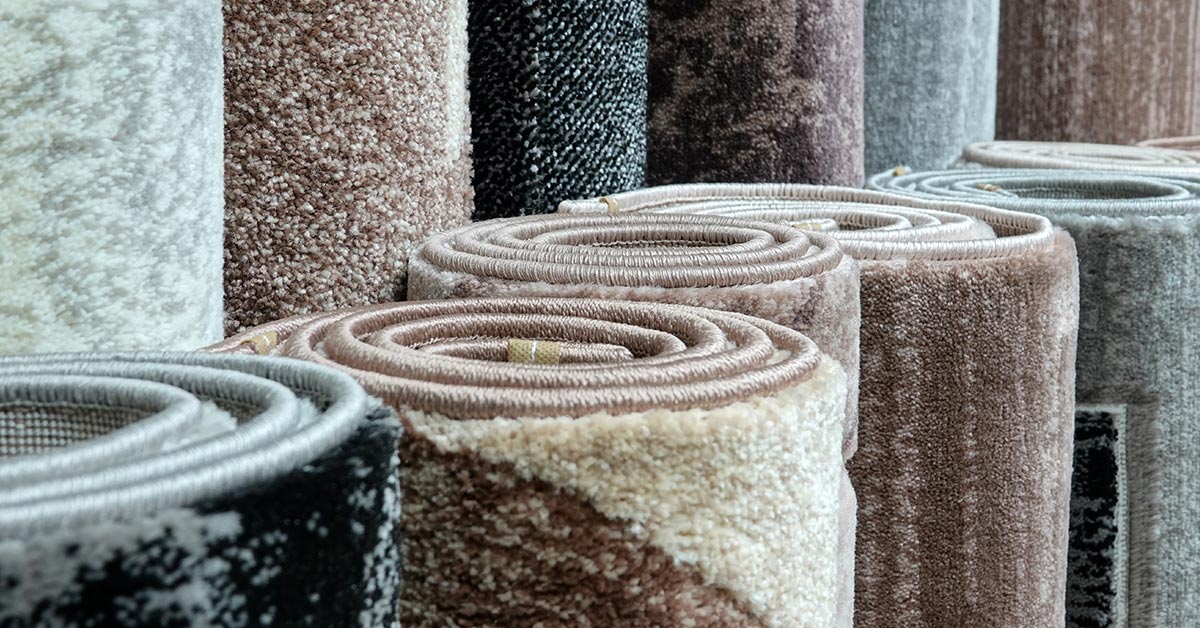
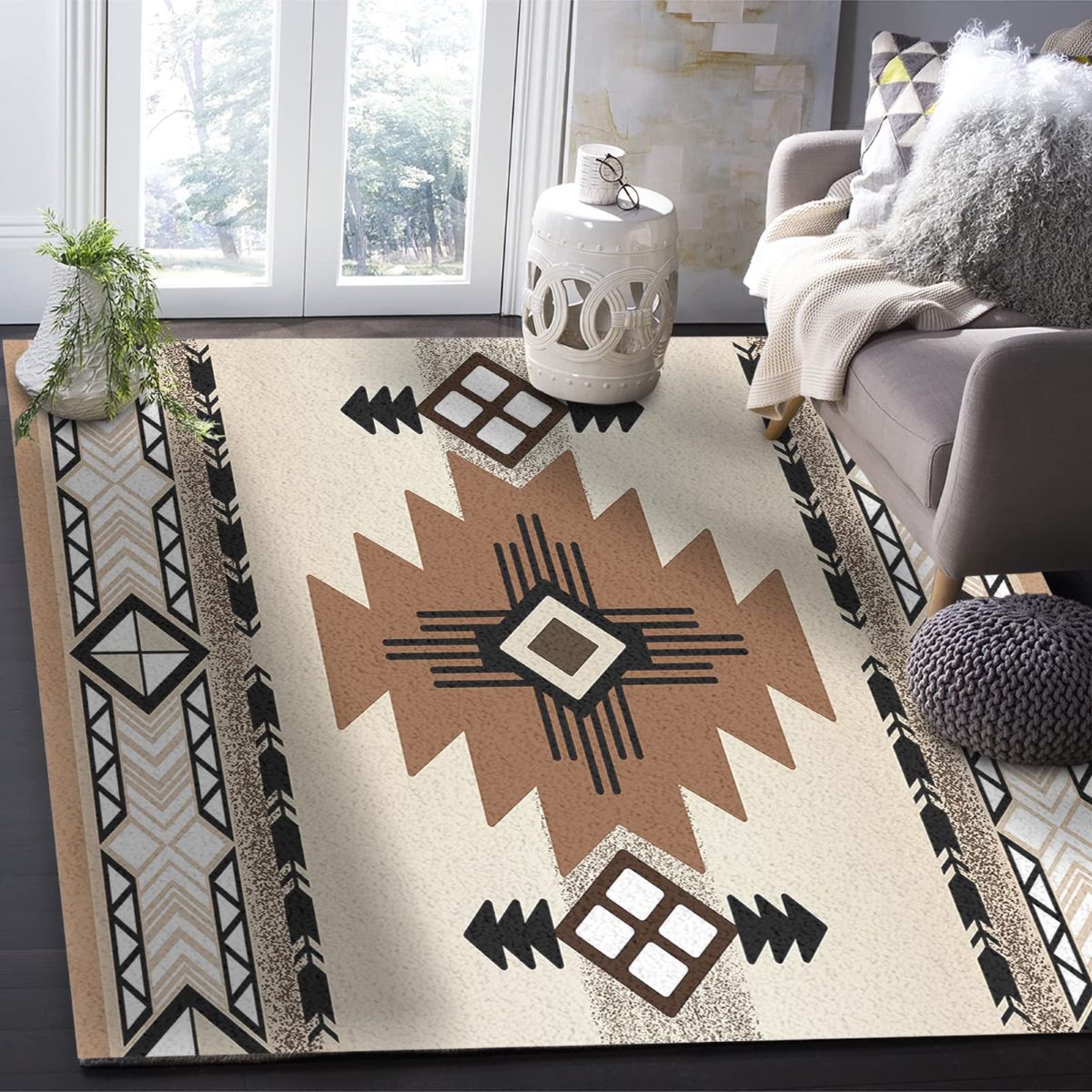
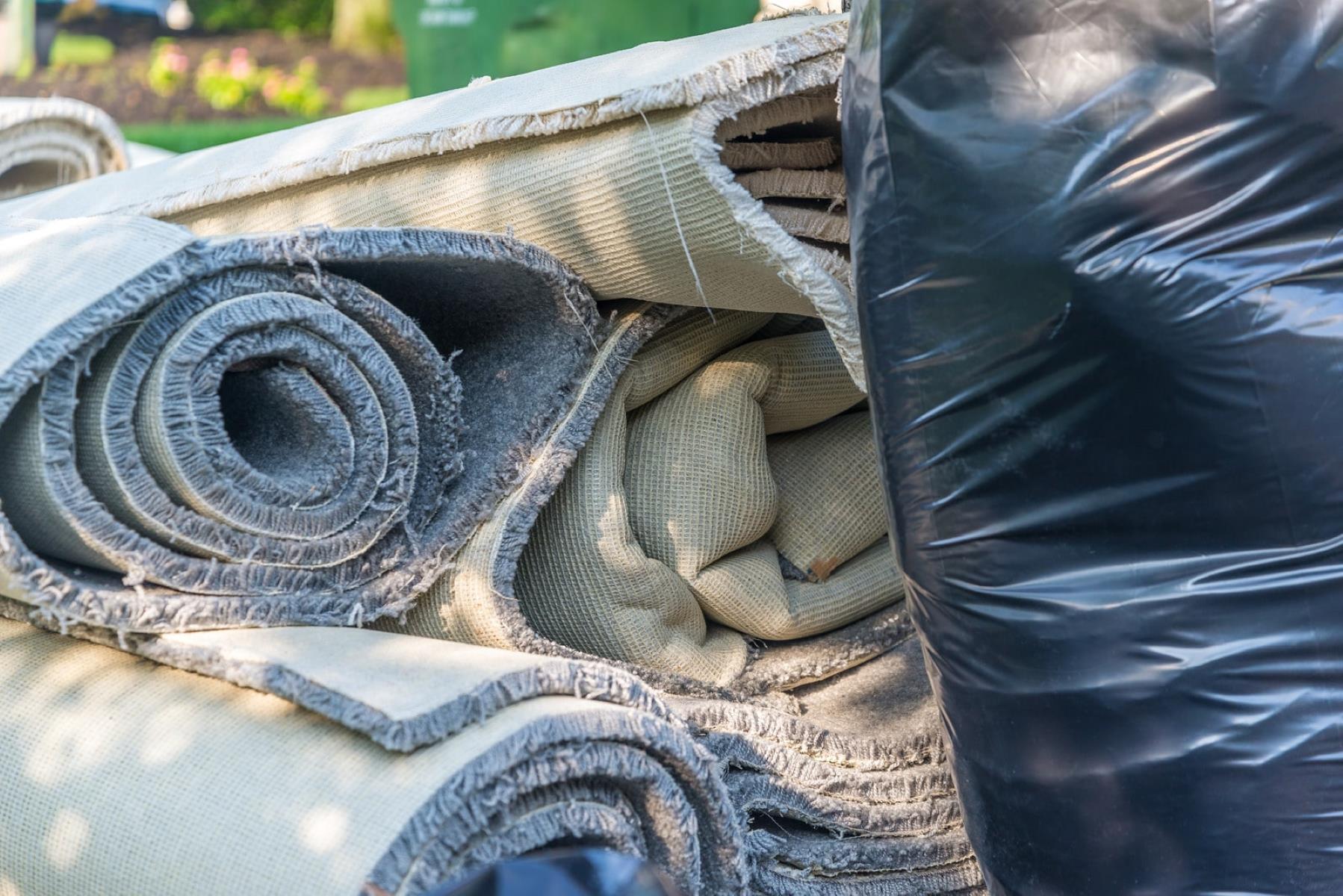
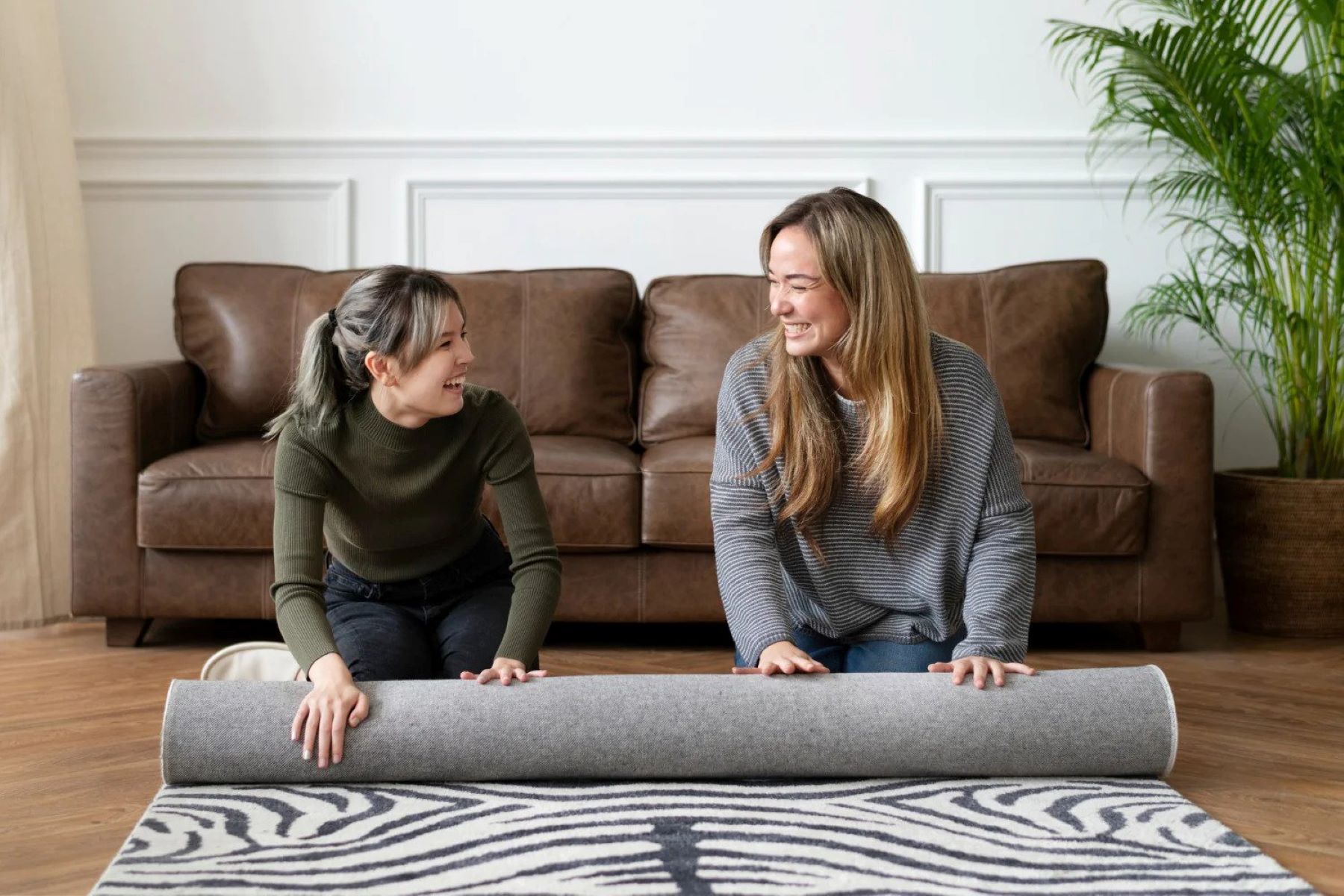

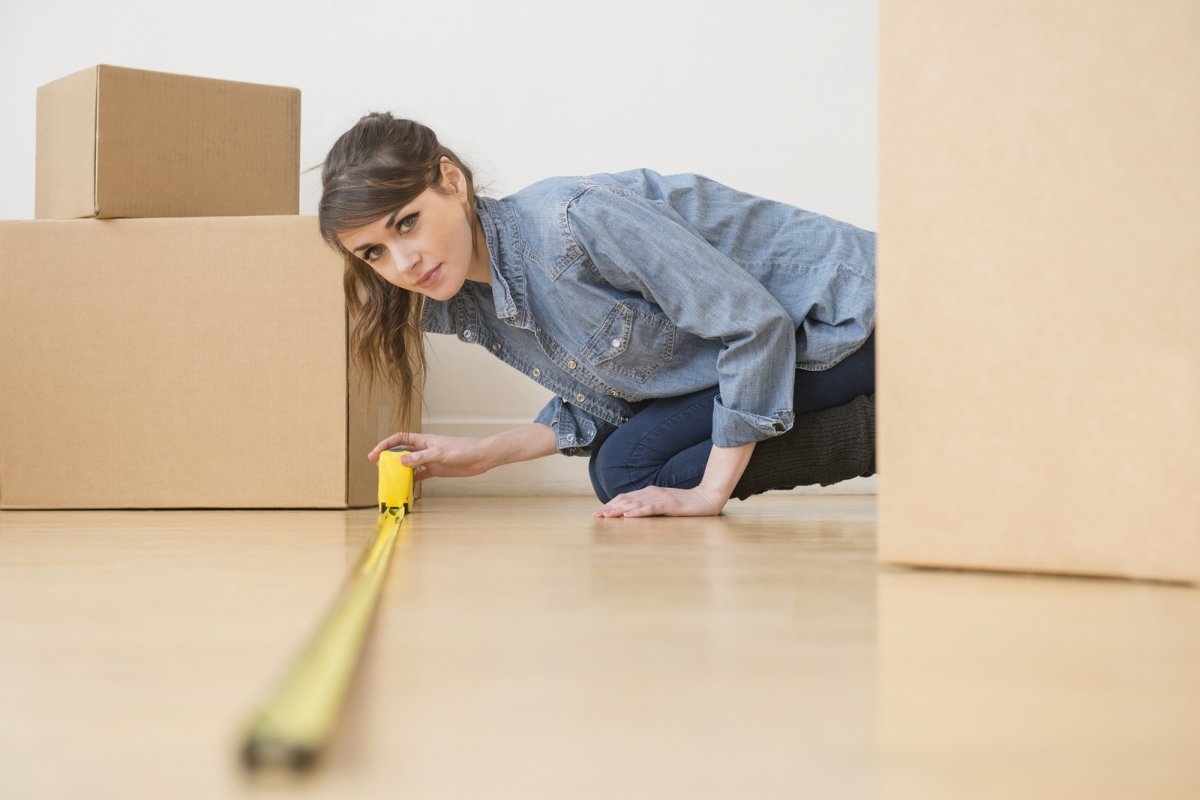
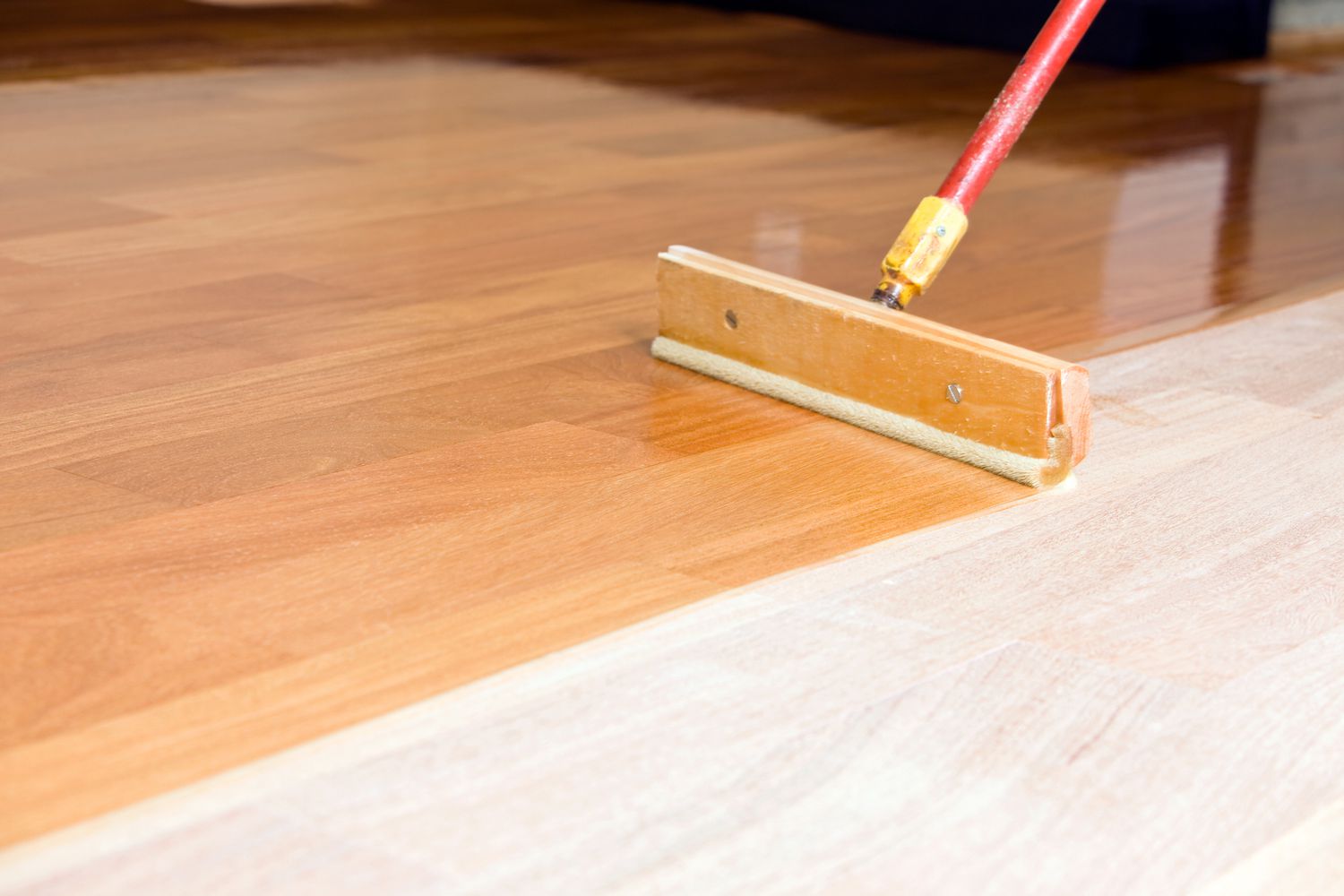
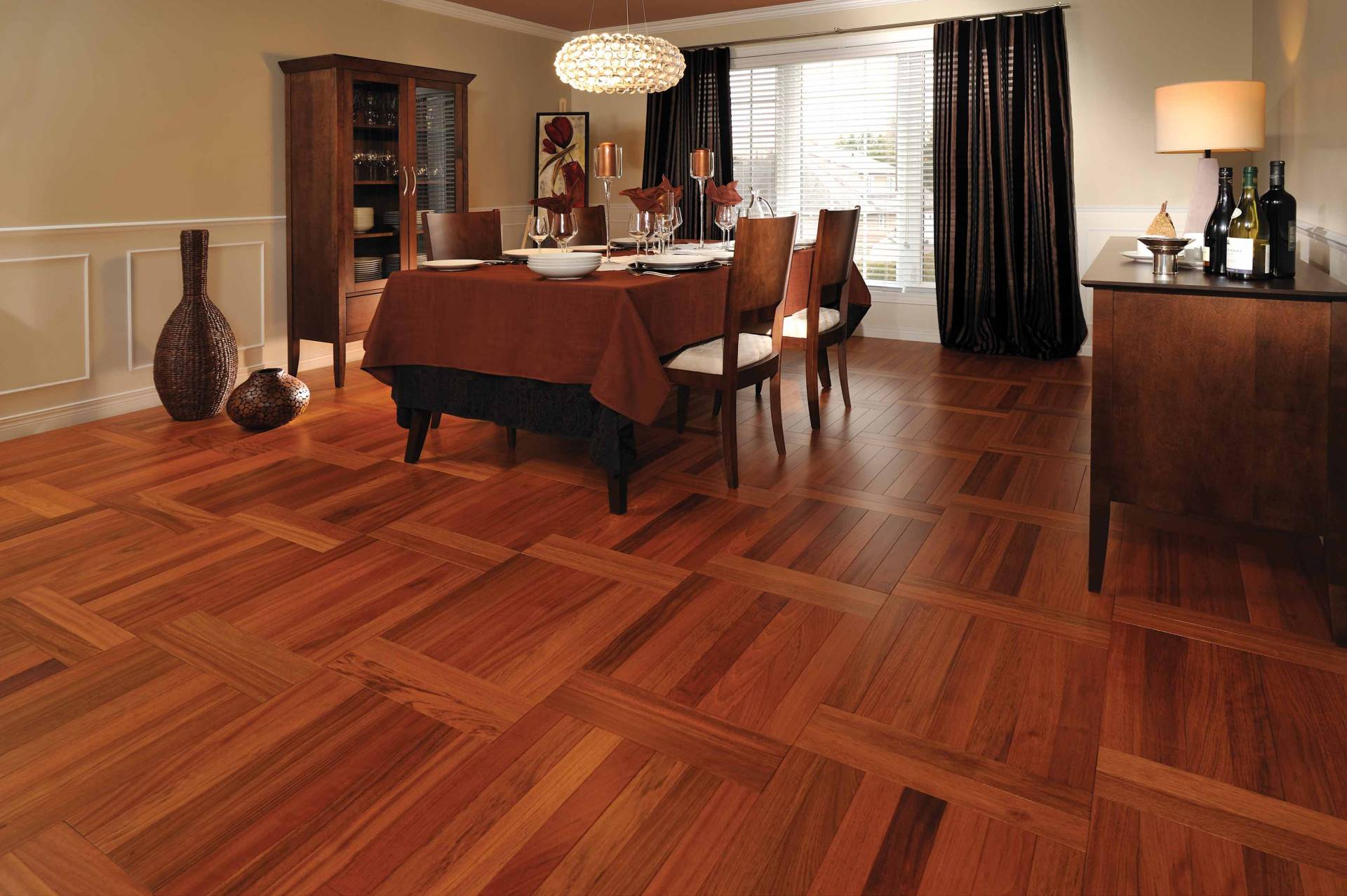

0 thoughts on “How To Clean Area Rugs On Wood Floors”